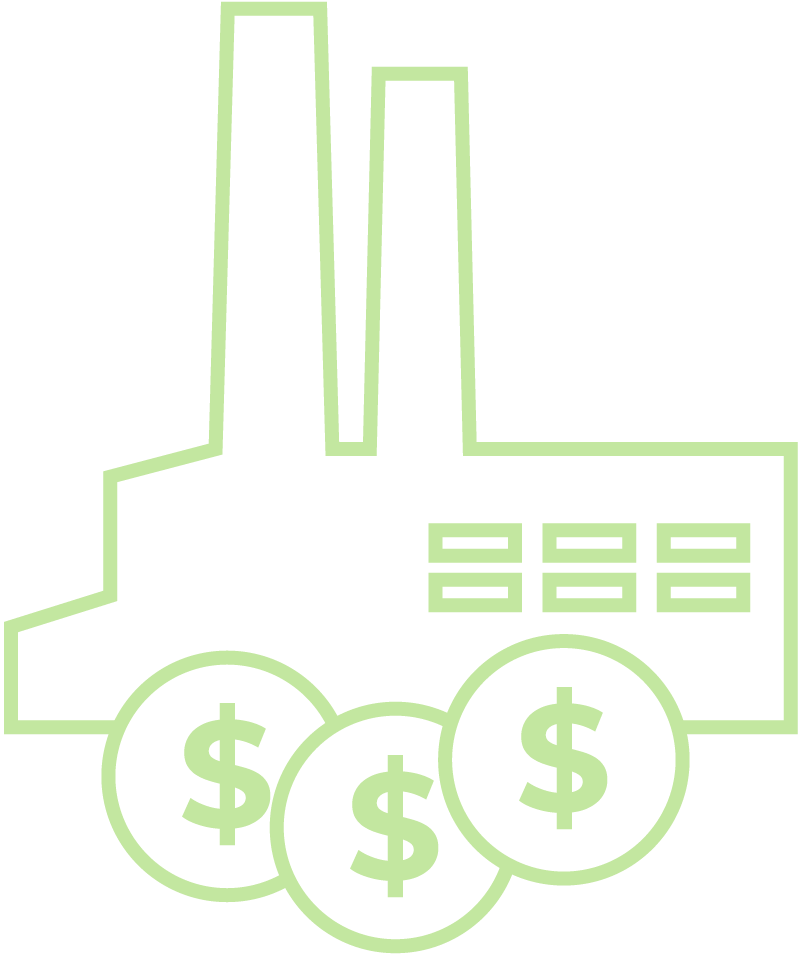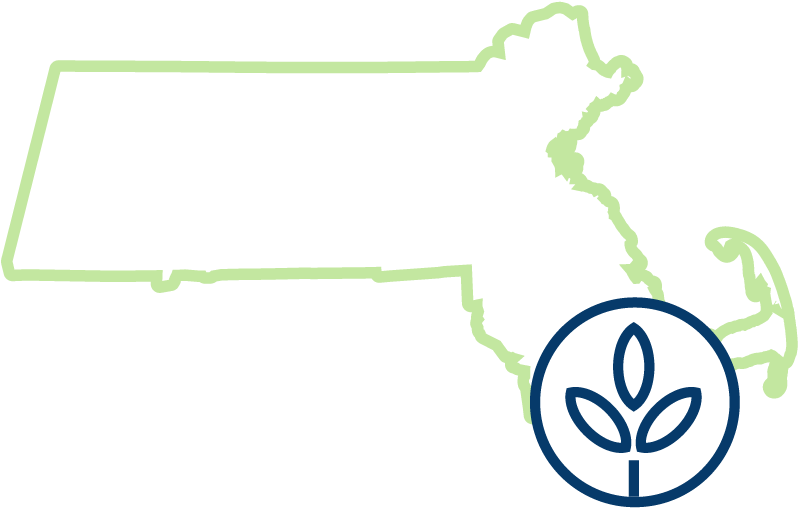Food Production

Looking at global food production, we know that as the global population continues to grow, we will need to increase food production, improve logistics of the movement of food, decrease food loss and waste, and ensure every person has access to food.
According to the United Nations Sustainable Development Goal 2, “End Hunger, Achieve Food Security and Improved Nutrition, and Promote Sustainable Agriculture,” the global community recognizes that due to climate change, we will see extreme swings in temperatures and changes in flood and drought patterns, resulting in a need for heavy investment in research and new technologies to improve the sustainability of food systems everywhere. This applies to local food systems as much as global food systems. We know that a key step to averting large-scale food shortages now and in the future is building resilient local food production pathways.
Challenges in the Industrial Production of Food

Food production encompasses livestock, fish and shellfish, fruits, and vegetables. There are many challenges to producing food in the United States. The 2010 Kuala Lumpur Guidelines for a Human Rights Approach to Economic Policy and Agriculture identified three threats to the production of food: commercialization, monopolization, and market concentration. More than ten years after this document was published, the problems remain the same.
The food we eat in the United States is mainly from the industrial food system, defined as company-owned factory-like food production, and is based on the principles of the Industrial Revolution of the 19th century, where mechanization, efficiency, speed, uniformity, and standardization are utilized with a priority of increasing productivity. As most of our food in the United States comes from an industrialized food system, monopolies are a particular area of concern.
Only a few companies in the US control what we grow and what animals we eat.
For example, “the four largest companies controlling the beef industry have increased to 85% market share. The four largest pork production companies control 65% of the market. The top four chicken broiler companies own 51% of the market. (1)” These same companies control the supply chain, including breeding, feed mills, production facilities, processing, packaging, marketing, distribution and in grocery stores.
Along with these vast industrial farms comes the unsustainable, extensive use of fossil fuels, enormous use of groundwater, and chemical pesticides and fertilizers polluting our soil, water, and air. The values and the agricultural practices underpinning an industrial food supply in which machines are used to reduce the number of employees and land is managed for maximum production and maximum profit, we see mass-produced, monocultural foods as the norm. Monocultural foods are thousands of acres of the same crops – vegetable, grain, legume or fruit – grown, row after row, and it means hundreds of chickens or pigs enclosed in a small area. The result is the loss of biodiversity, depletion of the soil, and increased chances of disease. The impact on the customer is that we have cheaper (because it is abundant) and less nutrient-rich foods (from soil depletion and long-distance transportation).
Seafood production is an especially complex part of the food system, and while seafood is an essential protein for humans, the seafood industry faces many unique challenges. According to Dr. Jillian Fry from the Johns Hopkins University Bloomberg School of Public Health, 80-90% of seafood consumed in the US comes from other countries (2). According to the National Oceanic and Atmospheric Administration, in 2014, the top five farmed fish producers were China, India, Vietnam, Bangladesh, and Egypt. The US, like many other countries, has two types of seafood, wild-caught and farmed varieties, and the most extensively farmed seafood in the US is shrimp and salmon. While the US also has an active aquaculture industry – the breeding and harvesting of plants and animals in all water environments, including ponds, rivers, lakes, and oceans – the US is only responsible for less than 1% of global aquaculture production (2).
One of the many challenges in seafood production is managing toxins that enter the system, such as mercury.
Fossil fuel emissions, coal-fired electricity generation, smelting and the incineration of waste, and the natural release of mercury in volcanoes carry mercury into the atmosphere that eventually enters the water. (2). Once this mercury gets into the marine food chain via plankton, which are then eaten by bigger fish, the mercury thus moves up the food chain and “bioaccumulates” in the larger predators, making eating larger fish riskier to eat than smaller ones. Other challenges to a healthy and resilient seafood industry are managing our fisheries for abundance and mitigating the environmental impacts of fishing equipment, which significantly affects the seas. For instance, in bottom trawling, big weighted nets drag across the bottom of the ocean, similar to clear-cutting a forest. Besides destroying what grows on the ocean floor, the nets catch other seafood we do not intend to eat. We need to work on all these challenges to figure out how to ensure a healthy ocean ecosystem so we can continue to benefit from the ocean.
Food Production in Southeastern Massachusetts

The 2021 Southcoast Food System Assessment (link) which considered Bristol, Plymouth, and Norfolk Counties, showed that the largest food production categories in Southeastern Massachusetts are cranberries, fruits, nuts, American Lobster, Bluefin Tuna, Northern Quahog, and Sea Scallops. However, there are significant concerns about food production in our region. In agriculture, from 2012 to 2017, the number of farms decreased by 8.1% (now 1,643), and the amount of land in farms (99,688 acres) decreased by 8.0%, outpacing the State in both instances. The average age of farmers continues to rise – it’s now 59.8 years old, and the replacement rate of young farmers is a fraction. 40% of farmers are women, and 98% are White, which means we have much work to do to make farming (and fishing) racially diverse occupations. Farms struggle to be profitable, and both farm labor wages and finding skilled farm labor all contribute to the challenges already faced by farmers (land access, cost of land, increasingly unpredictable weather patterns).
The good news in the seafood industry is that the Port of New Bedford remains the country’s most valuable and active commercial fishing port. Yet, it is troubling that an estimated 78% of product passing through New Bedford is exported, and restaurant operators interviewed for the 2021 Southcoast Food System Assessment (link) stated that it is still often easier and cheaper to buy Icelandic than local.
Resources
- United Nations Sustainable Development Goals
- www.foodsystemprimer.org
- Southcoast Food Production Information
- “Introduction to the Food System” certificate from Johns Hopkins University Bloomberg School of Public Health
- (2) US Seafood information from Jillian Fry, Ph.D. Johns Hopkins University, Bloomberg School of Public Health, “Introduction to the Food System”
- US Agriculture information from Robert S. Lawrence, MD Johns Hopkins University, Bloomberg School of Public Health, “Introduction to the Food System.”
- Neff, Roni (editor). “Introduction to the US Food System: Public Health, Environment, and Equity” Johns Hopkins Center for a Livable Future. 2015 Published by Jossey-Bass.
- The State of Food Security and Nutrition in the World 2022
- 2019 EAT-Lancet Commission Summary Report
- https://www.fisheries.noaa.gov/national/aquaculture/global-aquaculture








